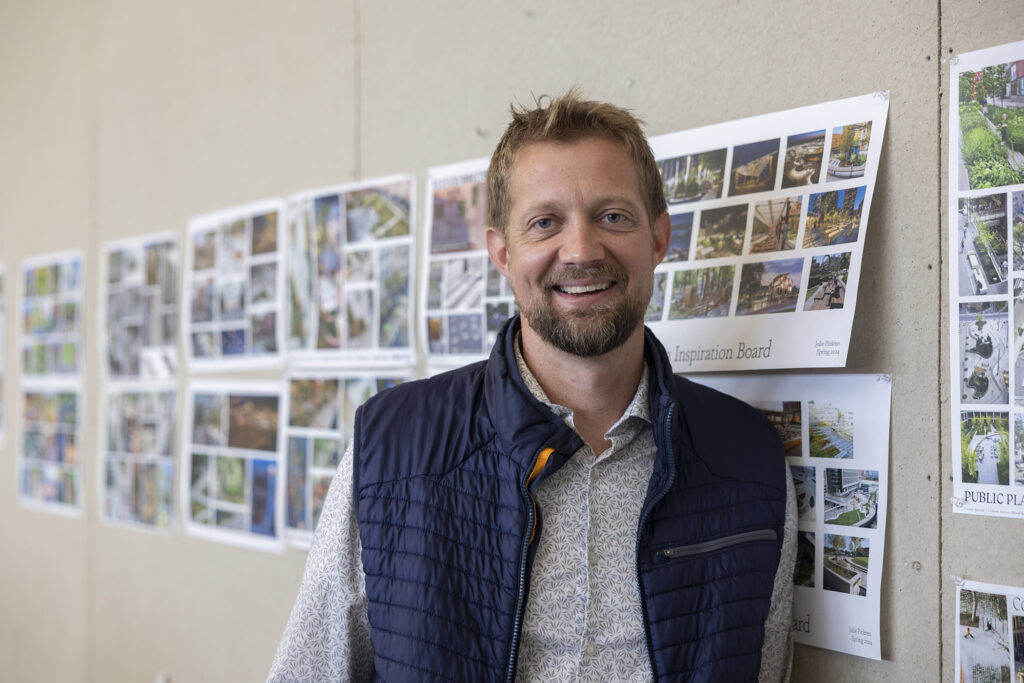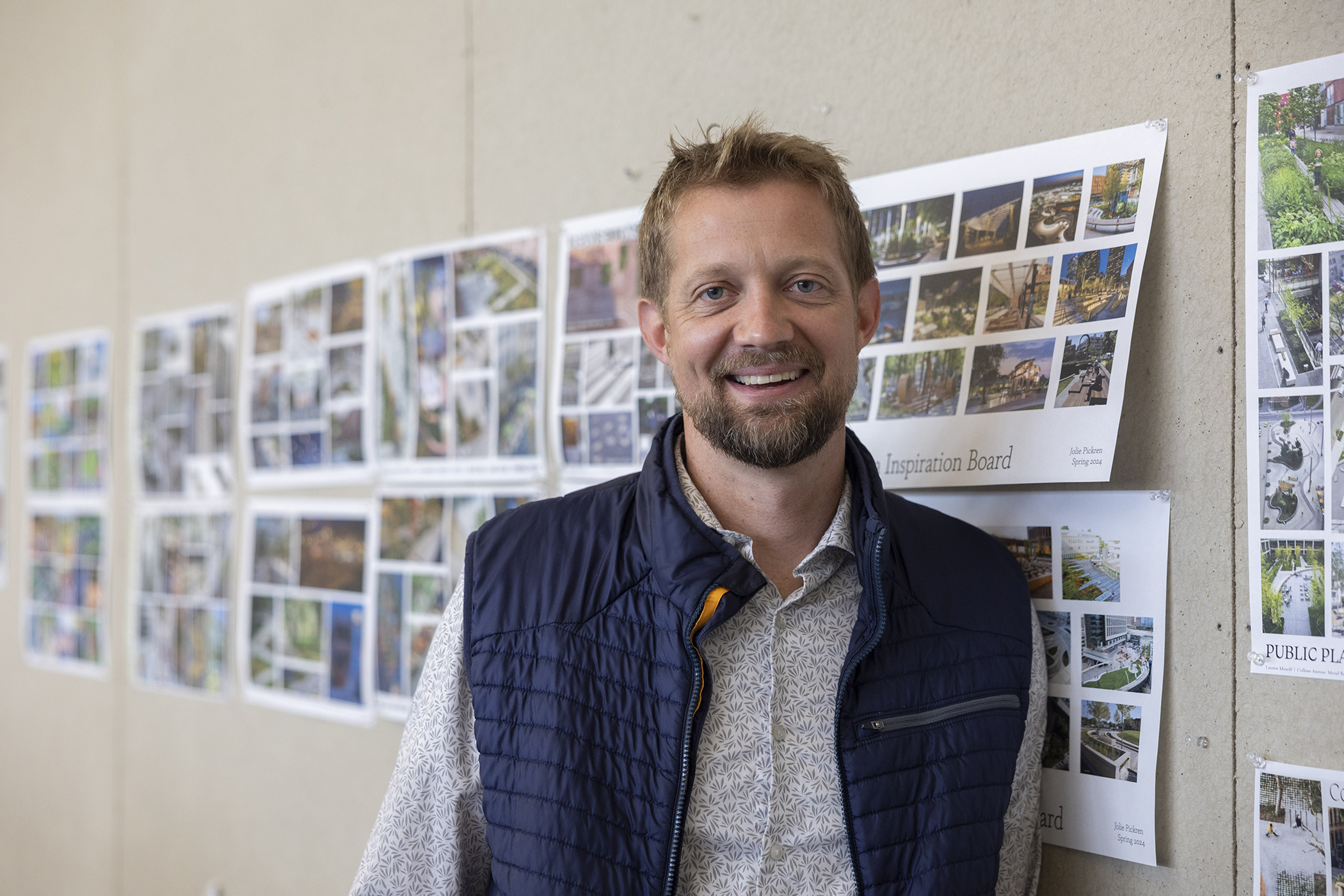
Exploring the Excellence of UGA Landscape Architecture: Shaping Sustainable Futures
The University of Georgia (UGA) boasts a renowned program in UGA Landscape Architecture, consistently ranked among the top programs in the United States. This program not only provides students with a comprehensive education in the principles and practices of landscape architecture but also instills in them a deep commitment to environmental stewardship and sustainable design. This article delves into the various facets of the UGA Landscape Architecture program, exploring its curriculum, faculty, research initiatives, and its impact on the profession.
A Legacy of Design and Innovation
The UGA Landscape Architecture program has a rich history, evolving over the years to meet the changing demands of the field. From its foundational courses in design theory and site planning to its advanced studios focusing on complex urban environments and ecological restoration, the program offers a diverse range of learning opportunities. Students learn to integrate aesthetic principles with ecological considerations, creating designs that are both beautiful and functional. The emphasis on sustainability is woven throughout the curriculum, preparing graduates to address the environmental challenges of the 21st century.
Curriculum and Specializations
The curriculum at UGA Landscape Architecture is designed to provide a solid foundation in the core principles of the discipline while also allowing students to specialize in areas of particular interest. Core courses cover topics such as:
- Design Theory
- Site Planning
- Planting Design
- Construction and Materials
- Environmental Systems
- History of Landscape Architecture
Beyond the core curriculum, students can choose to focus their studies in areas such as:
- Urban Design
- Ecological Restoration
- Sustainable Design
- Community Planning
- Historic Preservation
This flexibility allows students to tailor their education to their specific career goals. The program also emphasizes hands-on learning through studio projects, field trips, and internships, providing students with real-world experience.
Distinguished Faculty and Research
The strength of the UGA Landscape Architecture program lies in its distinguished faculty, who are leading experts in their respective fields. These professors bring a wealth of knowledge and experience to the classroom, providing students with invaluable mentorship and guidance. The faculty are actively involved in research, pushing the boundaries of landscape architecture and contributing to the advancement of the profession. Research areas include:
- Green Infrastructure
- Urban Ecology
- Climate Change Adaptation
- Resilient Design
- Community Engagement
Students have the opportunity to participate in faculty-led research projects, gaining valuable experience in data collection, analysis, and interpretation. This research not only enhances the students’ learning but also contributes to the body of knowledge in landscape architecture. The work done by UGA Landscape Architecture faculty and students often has a positive impact in the Athens area and beyond. [See also: UGA College of Environment and Design Faculty Publications]
State-of-the-Art Facilities
The UGA Landscape Architecture program is housed in state-of-the-art facilities that provide students with the resources they need to succeed. These facilities include:
- Design studios equipped with the latest software and technology
- A materials library with a wide range of samples and resources
- A digital fabrication lab for creating models and prototypes
- A plant nursery for studying plant materials
- A GIS lab for spatial analysis and mapping
These facilities provide students with a hands-on learning environment where they can experiment with different design ideas and develop their technical skills.
Community Engagement and Outreach
The UGA Landscape Architecture program is committed to community engagement and outreach. Students and faculty work on projects that address real-world challenges in local communities, providing them with valuable experience and making a positive impact on society. These projects often involve working with community organizations, government agencies, and private developers to create sustainable and equitable solutions.
Examples of community engagement projects include:
- Designing parks and green spaces
- Developing master plans for communities
- Creating sustainable streetscapes
- Restoring degraded ecosystems
- Engaging communities in the design process
Through these projects, students learn to work collaboratively with stakeholders and develop solutions that are responsive to the needs of the community. The UGA Landscape Architecture program helps students to develop essential skills for a successful career.
Career Opportunities
Graduates of the UGA Landscape Architecture program are highly sought after by employers in a variety of sectors. Career opportunities include:
- Landscape architecture firms
- Urban planning agencies
- Government agencies (federal, state, and local)
- Private developers
- Environmental consulting firms
- Non-profit organizations
Landscape architects work on a wide range of projects, including parks, gardens, streetscapes, urban plazas, and ecological restoration sites. They play a vital role in shaping the built environment and creating sustainable communities. The UGA Landscape Architecture program prepares students for these diverse and challenging roles.
Accreditation and Recognition
The UGA Landscape Architecture program is accredited by the Landscape Architectural Accreditation Board (LAAB), ensuring that it meets the highest standards of quality. The program has consistently been ranked among the top landscape architecture programs in the United States, a testament to its excellence. [See also: LAAB Accreditation Standards]
The Future of UGA Landscape Architecture
The UGA Landscape Architecture program is poised to continue its legacy of design and innovation. The program is committed to staying at the forefront of the field, adapting to the changing needs of society and the environment. Future initiatives include:
- Expanding research in areas such as climate change adaptation and resilient design
- Developing new courses and specializations to meet the evolving demands of the profession
- Strengthening partnerships with industry and community organizations
- Enhancing the program’s commitment to diversity and inclusion
The UGA Landscape Architecture program is dedicated to educating the next generation of landscape architects, equipping them with the knowledge, skills, and values they need to create a sustainable and equitable future.
Applying to the Program
Prospective students interested in the UGA Landscape Architecture program should visit the program’s website for information on admission requirements, application deadlines, and financial aid opportunities. The program welcomes students from diverse backgrounds and with a passion for design and the environment.
The application process typically includes:
- Submitting an application form
- Providing transcripts from previous academic institutions
- Writing a personal statement
- Submitting a portfolio of design work (for graduate applicants)
- Providing letters of recommendation
The admissions committee carefully reviews each application to assess the applicant’s qualifications and potential for success in the program.
Conclusion
The UGA Landscape Architecture program is a leading institution in the field, providing students with a comprehensive education in design, sustainability, and community engagement. With its distinguished faculty, state-of-the-art facilities, and commitment to research and outreach, the program is preparing graduates to shape the future of the built environment. If you are passionate about design and the environment, the UGA Landscape Architecture program may be the perfect place for you.

